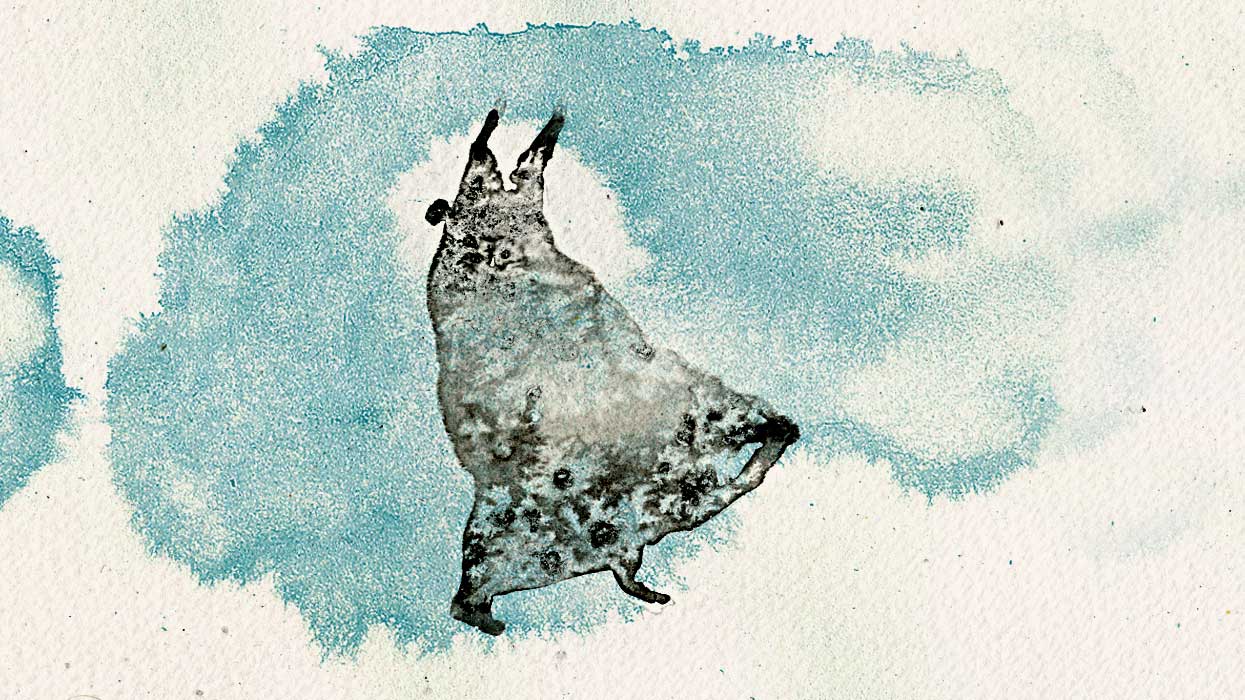When to use it?
It is recommended in the second half of the process, when the group has already built some intimacy and people are willing to open themselves.
This is an exercise that asks for a certain readiness to show yourself, to share affective experiences, and to be affected by the other.
It can be a good fit to end a day with.
How to do it?
This practice is about elaborating on an experience and sharing it. The experience can be connected to a previous practice (see suggestions below) or to an event lived outside the “workshop space” in your personal life.
To begin with, the participants are asked to write and describe the experience they had (or one important moment of it) focusing on what they did, felt, thought, imagined and what body sensations they had.
It might be useful for them to emphasize those different aspects of experience so that they can provide a more detailed description of it.
Invite participants to write in the “I” perspective, as well as in the present tense: “I feel this, then I imagine that, and I do this…”.
Doing that, the participants are evoking the experience, feeling and sensing it once again – although differently – while they write and describe it.
After writing, the participants come to sit together in a circle with their texts.
In no defined sequence, they can read the text or parts of it to the group.
After the reading, the listeners can “echo” (repeat) words and phrases that have touched them in some way and thus reflect those words back to the one sharing the experience.
The echoing is more than a mere repeating. When you are offering those words back, communicate how the words touched you in the way you speak them. Make your speech an offering gesture. Someone shared something of themself with you, and you are offering back something of yourself while echoing those words.
The person that has shared the experience can do a gesture to indicate the echoing to stop. In the original practice (see sources below) the gesture is to place the palm of your open hand on the ground).
Combine with
Sources
This practice comes from Soraya Jorge’s “Authentic Movement” courses, in which I have taken part since 2018. “Authentic Movement” was developed by Mary Stark Whitehouse and later by Janet Adler. It consists of participants moving with eyes closed, while other participants witness those movements. In Soraya’s workshops, the descriptive writing on the experience and the verbal sharing of it in the group are central to bringing complex and deep experiences into words and producing an embodied speech. The echoing exercise presented here is inevitably de-contextualized of the “Authentic Movement” practice, consequently, relevant aspects of it are changed.
